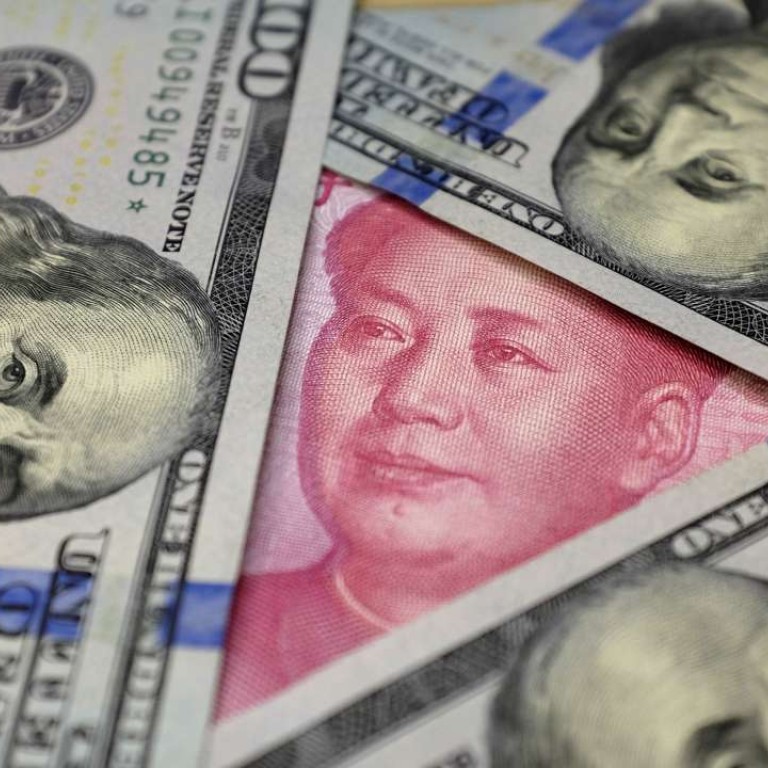
Yuan firms against dollar, rebounding from five straight trading days of declines
The Chinese yuan firmed Thursday, with the onshore rate rebounding from a five-year low, after China’s central bank set the daily reference rater higher, reversing two consecutive days of lower settings.
The People’s Bank of China on Thursday set the midpoint of the yuan trading band against the US dollar at 6.6820, stronger by 37 pips from the previous fix of 6.6594. On both Wednesday and Tuesday, the central bank cut the yuan’s reference rate sharply to the lowest level in more than five years.
The onshore spot yuan in Shanghai strengthened 0.09 per cent to 6.6829 per US dollar at 4.45pm, according to data from Bloomberg. In earlier trading, it rose as much as 0.1 per cent to 6.6815. On Wednesday, the onshore rate touched a fresh five-year low against the greenback and briefly breached the 6.69 level.
The offshore yuan in Hong Kong also rose, gaining 0.06 per cent to trade at 6.6927 per US dollar. Late Wednesday, it fell below the 6.7 level and weakened 0.02 per cent to 6.7017 per US dollar.
“Another upsurge of speculative pressure on the currency is increasingly likely in coming months, ” said Mark Williams, chief China economist for Capital Economics.
He said the yuan has weakened both in trade-weighted terms and against the dollar since May and capital outflows are likely to rebound if the dollar exchange rate continues to slide. In that case, the PBOC may intervene on “a large scale” to prevent a disorderly devaluation, he added.
Williams lowered his forecast of the yuan’s value against the US dollar and expected the currency to fall to 6.8 by end-2016 and 7 by end-2017.
On Wednesday, the Chinese authority said it will require foreign financial institutions that conduct yuan-forward trading to set aside reserves equivalent to 20 per cent of their yuan forwards settlement in the previous month, a move seen as likely to raise the cost for short-sellers and curb a sell-off in the yuan markets. The rule is set to take effect on August 15.

